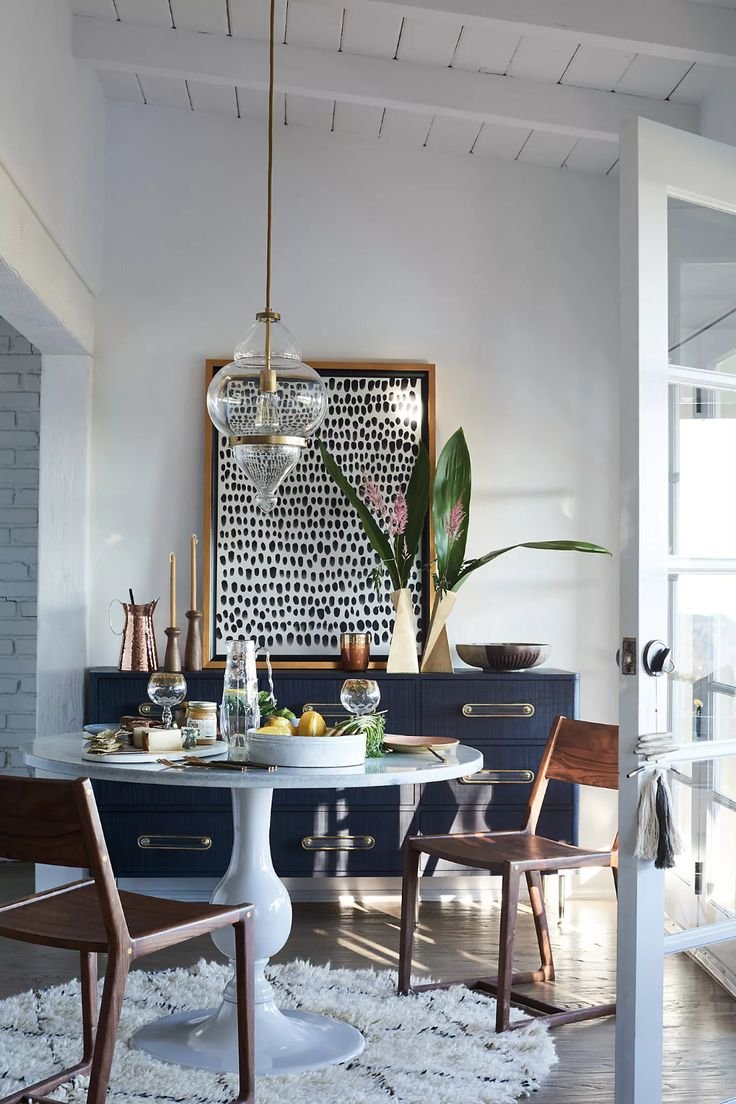Mixing metals
Mixing metals in interior design has become an elegant way to add depth, texture, and personality to any space. Rather than sticking to one metal finish, incorporating a mix of different metals creates a balanced and curated look. However, combining metals successfully requires a thoughtful approach to ensure that the space feels harmonious rather than chaotic. Here’s a guide on how to mix metals in your home effectively.
01. Choose a Dominant Metal
The key to mixing metals is balance. Start by selecting one metal as the dominant finish in the room. This could be a warm tone like brass or gold, or a cool tone like chrome or stainless steel. Your dominant metal will act as the anchor, ensuring the space feels grounded and cohesive. Once you’ve chosen this primary metal, you can layer in other accents without overwhelming the space.
02. Balance Warm and Cool Tones
When mixing metals, it’s essential to strike a balance between warm and cool tones. Warm metals like gold, brass, and copper add a sense of warmth and luxury to a room, while cool metals like silver, chrome, and nickel bring a sleek, modern feel. Combining the two creates contrast and interest, but make sure to avoid using too many different finishes. A good rule of thumb is to stick to two or three metal tones to avoid the room feeling too busy.
03. Vary the Finishes
Metal finishes vary from polished to brushed or antiqued. Incorporating different finishes of the same metal can help tie the room together and create a layered look. For example, a polished chrome light fixture can complement brushed nickel cabinet hardware. This variation adds texture and sophistication without creating stark contrasts.
04. Consider the Room’s Colour Palette
Your room’s colour palette should guide your choice of metals. Warm metals pair beautifully with warmer colour schemes like earth tones, beige, or deep jewel tones. On the other hand, cooler metals work well with cooler colours like white, grey, and blue. A neutral palette can benefit from either metal tone, depending on the desired effect. The key is to ensure that the metals complement, rather than clash, with the colours in your space.
05. Use Metals as Accents
Finally, use metals as accents rather than overwhelming the entire room. Incorporate metal finishes in small touches, such as light fixtures, cabinet hardware, picture frames, or table legs. This creates a cohesive design that feels intentional and stylish, without overshadowing the other elements in the space.
Mixing metals in interior design can elevate any room by adding depth and elegance. By following these tips and maintaining a thoughtful approach, you can create a stylish and harmonious space that feels modern and refined.





